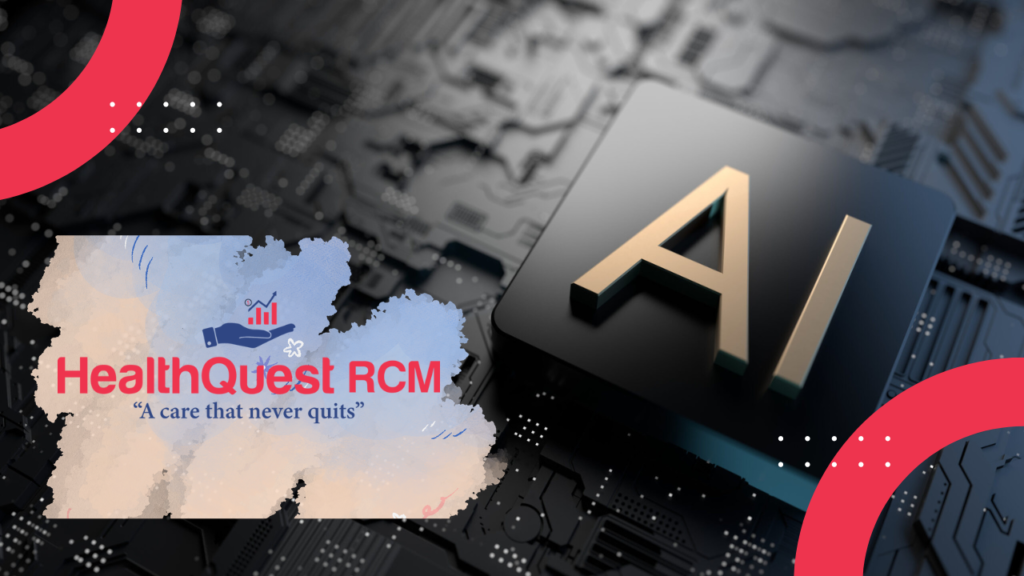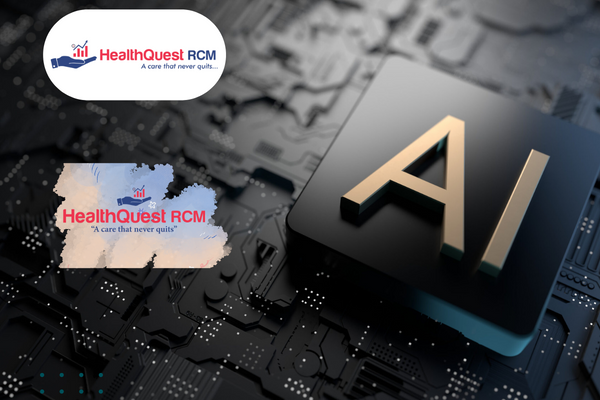Healthcare industry has changed drastically over the past few years given the recent innovations in AI in healthcare artificial intelligence (AI), and many medical specialties and fields are making the most out of it. Moreover, healthcare stakeholders and medical professionals can now identify healthcare needs and solutions more quickly and accurately with the help of artificial intelligence (AI), machine learning (ML), natural language processing (NLP), and deep learning (DL). That said, data patterns can be used to quickly make decisions about patient care or business operations.

Over viewing AI’s role in healthcare!
Healthcare organizations store vast amounts of data in the form of images, clinical research trials, and medical claims. This is where AI can analyze this data and find patterns and insights that are frequently missed by manual human skill sets.
While NLP enables these algorithms to separate out pertinent data, AI algorithms are “taught” to recognize and label data patterns. With DL, computers use their extensive knowledge to analyze and interpret the data.
Top 10 applications of AI in Healthcare
1. AI supports the analysis of medical imaging
AI is used for case triage and it further helps a doctor review scans and images. In order to prioritize critical cases, avoid potential errors when reading electronic health records (EHRs), and establish more accurate diagnoses, radiologists or cardiologists can use this information.
Additionally, large amounts of data and images from a clinical study may need to be analyzed. AI algorithms can quickly analyze these datasets and compare them to results from other studies in order to spot patterns and invisible connections. Moreover, medical imaging specialists can quickly track crucial information thanks to the process.
For instance, Hardin Memorial Health (HMH) needed to figure out how to get concentrated relevant data from EHRs for imaging professionals. The hospital’s emergency room (ER), which saw more than 70,000 patients annually, made the decision to work with IBM to put “The Patient Synopsis” into practice. The patient data identified by this product is pertinent to the imaging procedure performed on that patient.
Patient Synopsis provides radiologists and cardiologists with a summary that focuses on the context for these images by delving into previous diagnostics and medical procedures, lab results, medical history, and existing allergies. The product can be upgraded without interrupting the routine operations of the medical unit, and it can be accessed from any communication workstation or device in the network.
The creation of a more specialized focused, and accurate report used in the diagnostic decision-making process is made possible by identifying pertinent issues and presenting them to radiologists in a friendly summary view.
2. AI can lower the cost of developing new medicines
Supercomputers have been used to determine which potential medications would and would not be effective for different diseases using databases of molecular structures. AtomNet was able to predict the binding of small molecules to proteins by using convolutional neural networks, a technology similar to that used to create self-driving cars. This was accomplished by examining cues from millions of experimental measurements and thousands of protein structures.
On the other side, Convolutional neural networks were able to find a safe and effective drug candidate using this method from the database that was searched, cutting the cost of creating new medications.
Atomwise collaborated with IBM and the University of Toronto in 2015, during the West African Ebola virus outbreak, to screen the best substances that could bind to a glycoprotein that blocked Ebola virus entry into cells in an in vivo (in the living body of an animal or plant) test.
The compound that was chosen from the ones that were tested was chosen because it had similar effects on other viruses by way of cell penetration. Moreover, the creation of an Ebola virus treatment was made possible by this AI analysis, which was completed in less than a day instead of the usual months or years.
3. Unstructured data can be examined by AI
Due to the vast amounts of health data and medical records, clinicians frequently struggle to keep up with the most recent medical advancements while still providing high-quality patient-centered care. Besides, ML technologies can quickly scan EHRs and biomedical data curated by healthcare organizations and medical specialists to give clinicians quick, accurate answers.
On the other hand, health information and patient medical records are frequently stored as complex unstructured data, which makes them challenging to access and interpret. Without being burdened by the burden of searching, identifying, gathering, and transcribing the solutions they require from mountains of paper formatted EHRs, AI can seek, collect, store, and standardize medical data regardless of the format, assisting repetitive tasks and supporting clinicians with quick, accurate, tailored treatment plans and medications for their patients.
4. AI creates sophisticated and integrated drug discovery platforms.
By tracing their toxic potential and mechanisms of action, AI algorithms can find new drug applications. With the help of this technology, the company was able to build a drug discovery platform that allows it to repurpose existing medications and bioactive substances.
The founding company of this platform is able to produce approximately 80 terabytes of biological data each week, which is processed by AI tools across 1.5 million experiments by fusing the best aspects of biology, data science, and chemistry with automation and the most recent AI developments.
Moreover, the risk of human bias is reduced by the use of machine learning (ML) tools to extract insights from biological datasets that are too complex for human interpretation.
5.AI can predict kidney disease
Acute kidney injury (AKI) can be difficult for medical professionals to recognize, but it can cause patients to rapidly deteriorate and endanger their lives. Early detection and treatment of these cases can significantly reduce the need for lifelong treatment and the expense of kidney dialysis because it is estimated that 11% of hospital deaths result from a failure to identify and treat patients.
This is why a machine learning (ML) tool that can forecast AKI up to 48 hours in advance was developed in 2019 by the Department of Veterans Affairs (VA) and DeepMind Health. Interestingly, more than 90% of acute AKI cases were detected by the AI tool 48 hours earlier than they would have been by using conventional care techniques.
Final words
The adoption of AI in healthcare still faces obstacles like the need to meet strict requirements and a lack of confidence in the outcomes provided by ML systems. However, healthcare stakeholders have already benefited greatly from the use of AI in health.
Furthermore, patients, payers, researchers, and clinicians can all gain from the use of AI in healthcare by enhancing workflows and operations, helping medical and nonmedical staff with repetitive tasks, assisting users in finding quicker answers to questions, and developing novel treatments and therapies.

